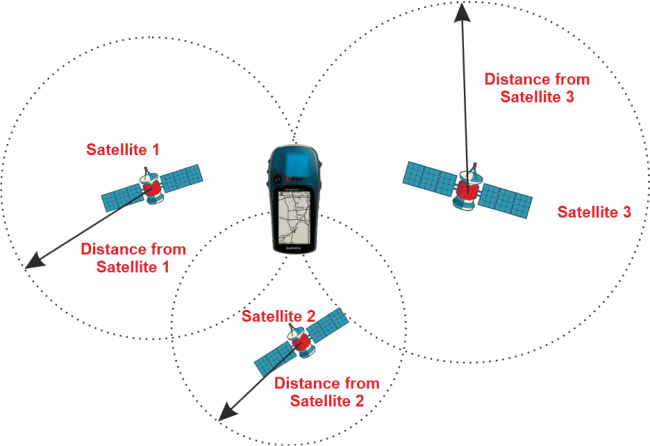The Limitations of GPS

While GPS (Global Positioning System) is a powerful and widely used navigation technology, it has certain limitations and challenges that can affect its performance and accuracy. Some of the key limitations of GPS include:
Signal Blockage and Multipath Interference: GPS signals can be obstructed or weakened by buildings, trees, mountains, and other obstacles, leading to signal blockage and multipath interference. Multipath interference occurs when GPS signals reflect off surfaces before reaching the receiver, causing inaccuracies in positioning measurements, especially in urban environments or areas with dense foliage.
Satellite Geometry and Availability: GPS accuracy is influenced by the geometric arrangement of satellites relative to the receiver's position. Poor satellite geometry, such as satellites clustered in one part of the sky or low satellite elevation angles, can result in reduced accuracy. Additionally, satellite availability may be limited in certain areas, such as indoors, underground, or in regions with obstructed views of the sky.
Atmospheric Effects: Atmospheric conditions, such as ionospheric and tropospheric delays, can introduce errors into GPS measurements. Changes in the Earth's atmosphere can cause GPS signals to bend or slow down as they pass through, affecting the time it takes for the signals to reach the receiver and leading to inaccuracies in positioning calculations.
Multipath Interference and Signal Degradation: Multipath interference occurs when GPS signals reflect off surfaces before reaching the receiver, causing inaccuracies in positioning measurements. Signal degradation may also occur due to radio frequency interference, jamming, or spoofing, which can disrupt GPS signals and impair receiver performance.
Urban Canyons and Dense Foliage: GPS accuracy may be compromised in urban environments with tall buildings and narrow streets (urban canyons) or areas with dense vegetation (dense foliage). In these environments, GPS signals may be blocked or attenuated, leading to degraded positioning accuracy and reliability.
Selective Availability (SA): While no longer active, Selective Availability (SA) was an intentional degradation of GPS accuracy imposed by the U.S. Department of Defense until it was turned off in 2000. SA introduced random errors into GPS signals to limit civilian accuracy, but its discontinuation has significantly improved civilian GPS accuracy.
Indoor and Underground Environments: GPS signals are generally not available indoors or underground due to signal blockage by building structures or terrain. In these environments, alternative positioning technologies, such as Wi-Fi positioning, Bluetooth beacons, or inertial navigation systems, may be used to supplement or replace GPS.
Power Consumption and Battery Life: GPS receivers require power to operate, and continuous use of GPS can drain battery life, especially in mobile devices such as smartphones and GPS watches. Managing power consumption and optimizing battery life are important considerations, particularly for long-duration activities or remote expeditions.
Despite these limitations, GPS remains a valuable and indispensable navigation technology, offering widespread coverage, high accuracy, and versatility for a wide range of applications in land, sea, air, and space. Overcoming these challenges often involves combining GPS with complementary positioning technologies, implementing advanced signal processing techniques, and developing robust algorithms for positioning, navigation, and timing.
Thank you,